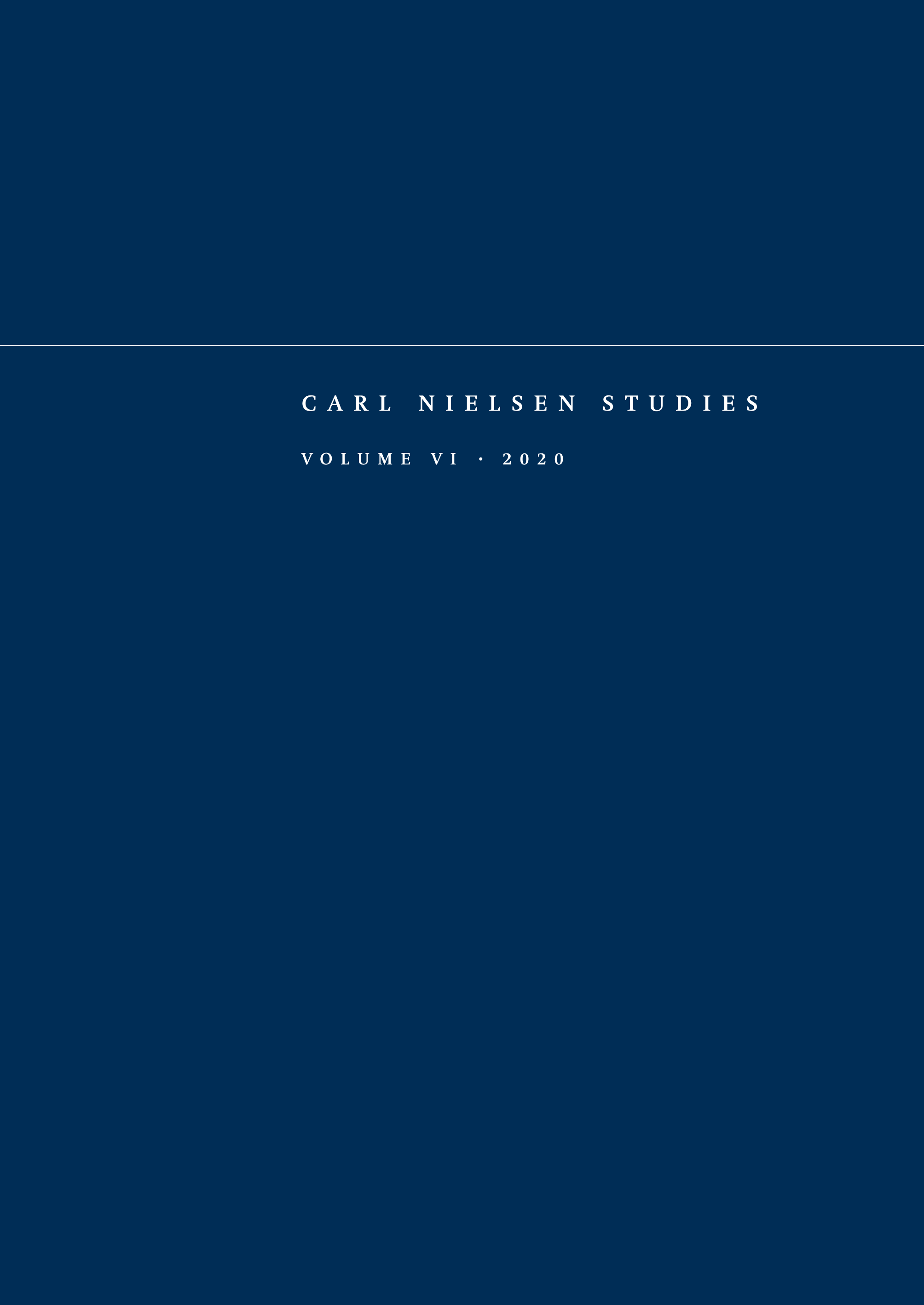Nielsen, Saul and David and the Symbolist Movement
Cultural-Historical Perspectives
DOI:
https://doi.org/10.7146/cns.v6i0.122253Abstract
This article explores the position of Nielsen and his first opera Saul and David in the European symbolist movement of the 1890s. Through a study of Nielsen’s published letters and diary entries from the period, it is possible to present the composer’s wide interest in art and engagement with artists – both in Denmark and on his extensive European travels – at a time when symbolism was dominating the modern art scene. Furthermore, one can trace artistic strategies in Nielsen’s early work – in this case, the opera Saul and David – that correspond to different ideas of symbolism. This includes combining archaic materials with contemporary techniques, as well as creating a subjective expression through mood and simplified, non-naturalistic styles.
Downloads
Published
How to Cite
Issue
Section
License
- Authors retain copyright and grant the journal right of first publication with the work simultaneously licensed under a Creative Commons Attribution License that allows others to share the work with an acknowledgement of the work's authorship and initial publication in this journal.
- Authors are able to enter into separate, additional contractual arrangements for the non-exclusive distribution of the journal's published version of the work (e.g., post it to an institutional repository or publish it in a book), with an acknowledgement of its initial publication in this journal.

